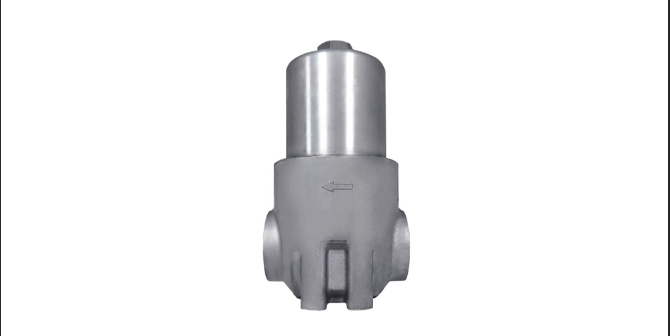Rotary filter is an easy to install and maintain filter equipment, widely used in a variety of industrial and agricultural scenarios.The following is the specific introduction:
1. Design features of rotary filter
Rotary filters typically have an easy-to-use rotary design that allows the user to simply rotate the filter element to install or remove it without complicated tools or steps. This design not only saves time, but also reduces the risk of errors due to improper operation. The rotary filter offers a variety of filter materials with different performance levels to adapt to different filtration needs and working conditions. The user can select the appropriate filter element according to the specific system requirements and cleanliness standards to achieve the best filter effect.
2. Application field
Rotary filters are suitable for a variety of industrial and agricultural applications, including but not limited to hydraulic systems, fuel filtration, air filtration, and more. In these applications, the rotary filter can effectively remove impurities from the fluid, protect the normal operation of downstream equipment, and improve the efficiency and safety of the overall system.
3. Cost effective of rotary filter
The design and manufacture of the rotary filter pay attention to economy and practicality, and have a high cost performance. Its compact design allows filters to be easily integrated into existing systems without taking up too much space. At the same time, due to the simple maintenance, long-term use can save a lot of maintenance costs.
4. Environmental impact of rotary filter
The use of rotary filter in hydraulic system helps to reduce environmental pollution. By trapping and removing harmful particles and contaminants, filters help keep system fluids clean, thereby reducing negative environmental impacts.
5. Maintenance and replacement of rotary filter
When maintaining a rotary filter, the filter element maintenance indicator should be checked regularly and repaired according to the maintenance cycle specified by the OEM or the status of the maintenance indicator. When replacing the filter element, it is important to follow the correct steps, including shutting down the system, releasing pressure, and properly disposing of the old filter element to ensure the performance and safety of the filter.

